It was our last night staying in Monpazier and we decided to have dinner at Restaurant Eléonore. It was a short walk from the house we were staying at, which makes it so nice to be able to enjoy yourself and not worry about the drive home.
I had the à la carte menu with a selection of three plates while Jo Ann had the menu du jour so we were able to have a sample of both menus.
Everything we had that evening was superb and the restaurant has a good (albeit limited) selection of wines from the area and Bordeaux and which were reasonably priced.
The service was outstanding and totally matched the quality of the food and the wine. We strongly recommend this restaurant.
For more information about the restaurant you can check out their website, The Michelin Guide or TripAdvisor.
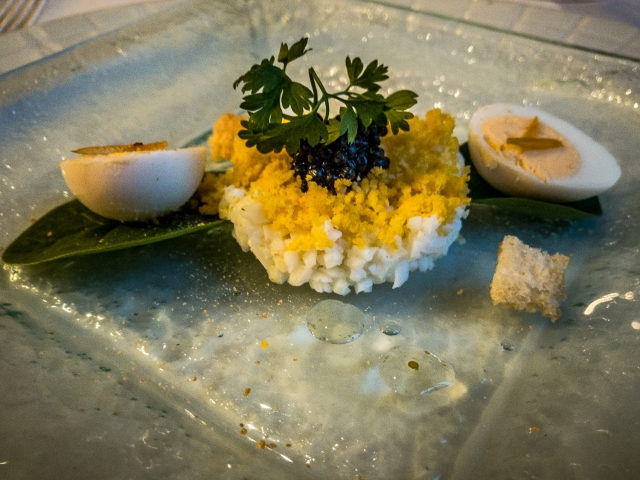
Mimosa with Quail Egg, Citron Confit and Cavier, a wonderful Amuse Bouche.
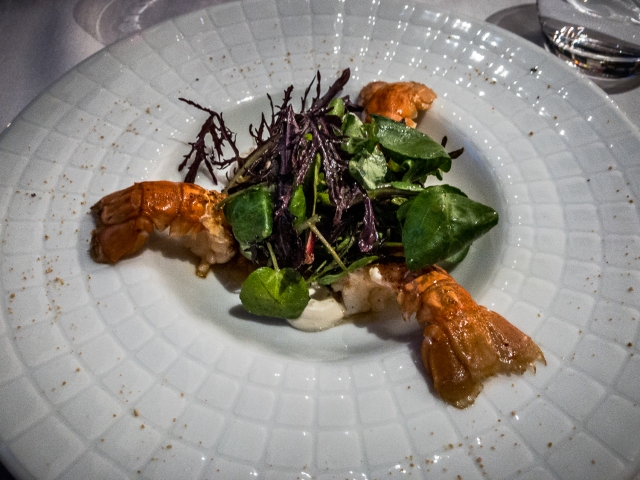
Queues de Langoustines, with a condiment of mangue-papaye and crème coco au ccombawa.
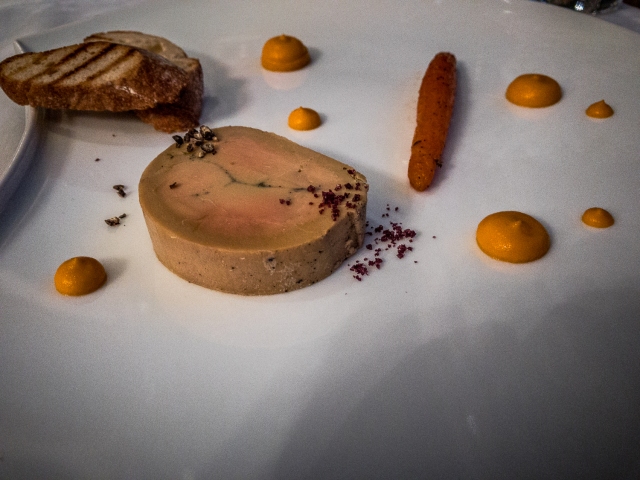
Foie Gras Mi-cuit Eléonore, wiht fine créme carottes and walnut oil dusted with a red wine sea salt. Very Yummy!

Choco-Caramel-Café, with a creéme glacé sirop d’érable and noix pécan.
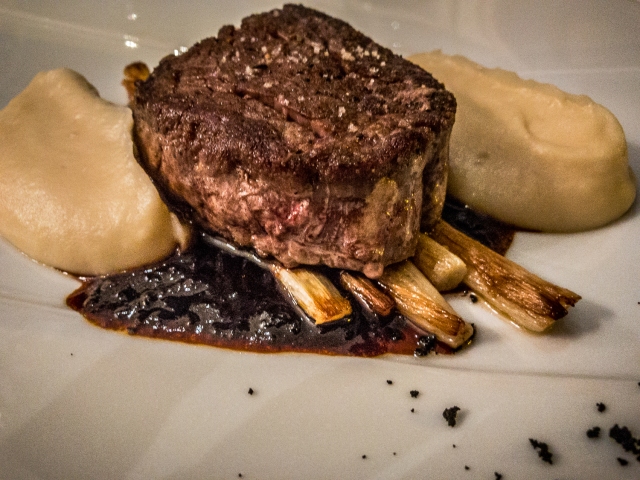
Filet de bœf with racines de persil au beurre noisette, white asparagus and a sauce of port and Péridord truffes.

Dos de Saumon with perles de Savoie à l’encre de seiche, leeks and ginger done in papillote and a watercress sauce The Perles de Savoie à l’encre de seiche is pearls of black ink pasta
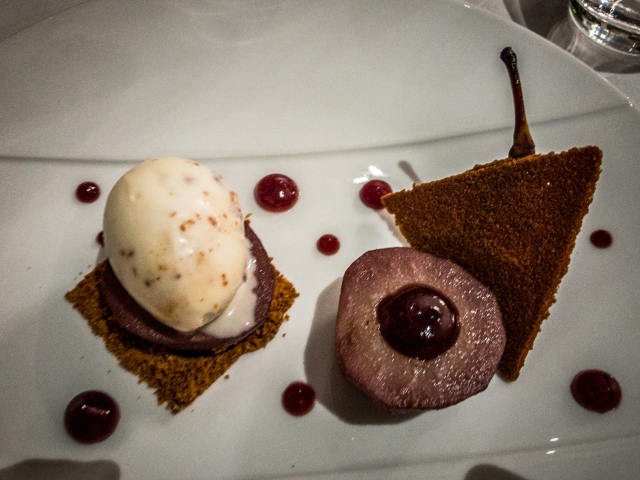
Pears poached in wine with a speculoos ice cream and an almond cookie.

Château Terre Vieille Pécharmant 2010, an excellent choice for the night’s meal.

Menu de Restaurant Eléonore à la carte
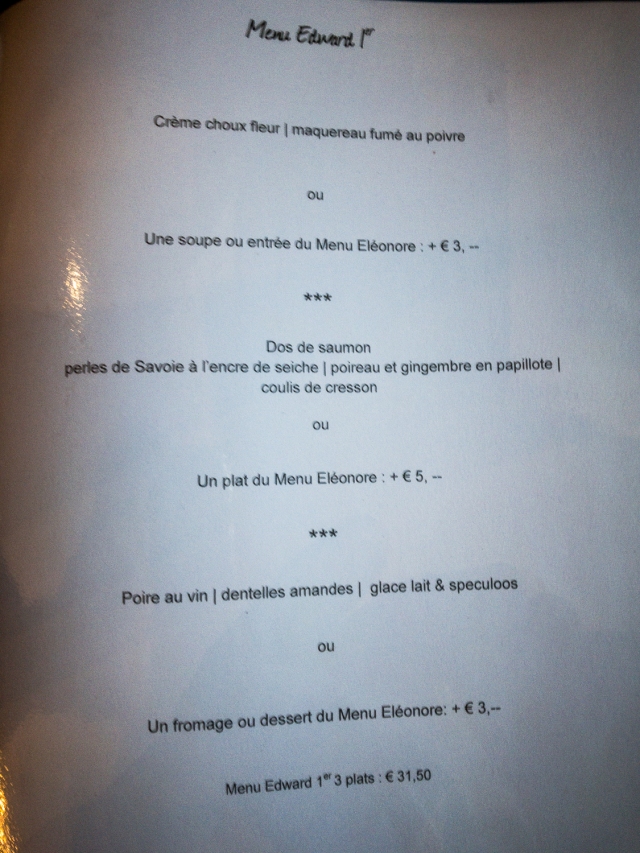
Menu Edward the menu of the day




Recent Comments